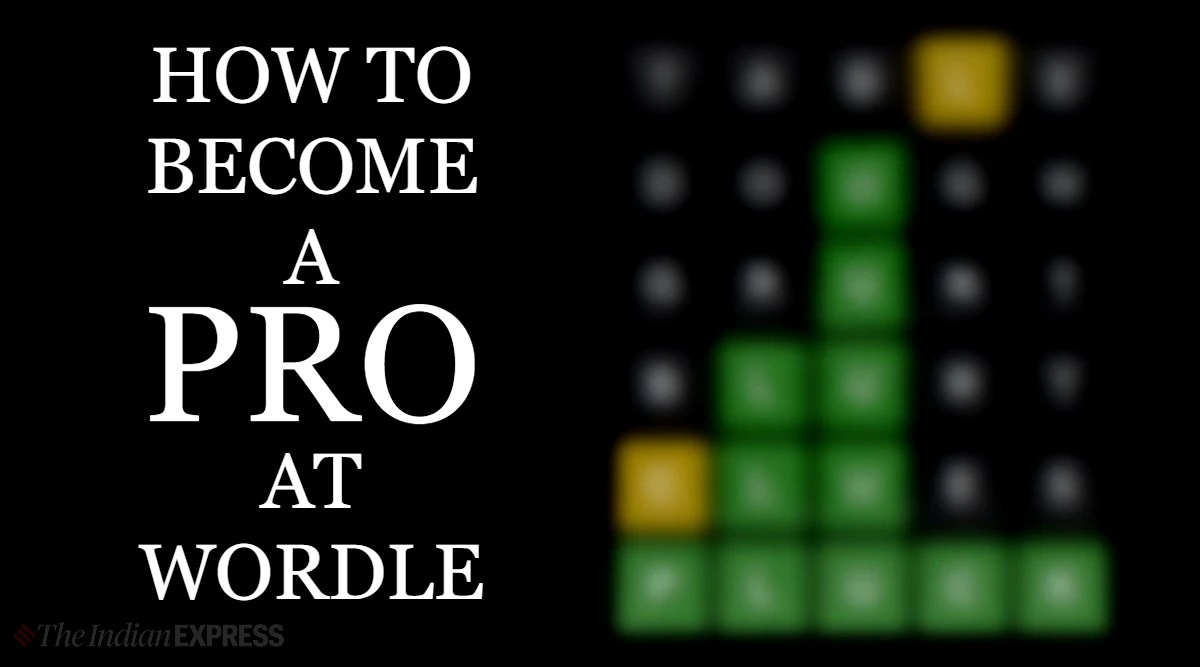What Is Voluntary - Volunteering Learning Objectives: Why is volunteering important? Why do people volunteer? To investigate the case of a religious zealot.
Presentation on theme: "Volunteering Learning Objectives: Why is volunteering important? Why do people volunteer? A case study of religious volunteering."- Presentation Essay:
What Is Voluntary

1 Volunteering Learning Objectives: Why is volunteering important? Why do people volunteer? A case study investigation of a voluntary religious organization.
What Is Voluntary Exchange?
2 Voluntary work Millions of people around the world engage in unpaid work that they are not obligated to do; Something they choose to benefit others, it can take many forms...What types of volunteer work are there? For the religious, volunteering is a way they can put their faith to work. The Parable of the Sheep and the Goats - What do Christians learn about helping others? http://www.youtube.com/watch?v=L_1EUmDzEPohttp://www.youtube.com/watch?v=L_1EUmDzEpo Siva is an important religious duty and worship in Sikhism - how?
3 Voluntary work Why do some people do voluntary work? Brainstorm http://www.youtube.com/watch?v=0TqS8IgooYA What are the benefits to them and their community? Research on the work of a voluntary religious organization. (The focus of the study should be on the work of the organization.)
4 The Salvation Army http://www.youtube.com/watch?v=SefuIMzTU-Q http://www.youtube.com/watch?v=k92fhnAYrUQ The mission statement is to proclaim the Gospel, persuade people to become Christians and meet. Human needs The belief in agape (sacrificing love) is central to the work of The Salvation Army, which includes a program of practical concern for it.
5 Activities 1. Why is volunteering important? 2. Explain 3 different examples of work a volunteer can do 3. Explain (give 3 reasons) why volunteering is the best way to live your life with critical care for charity Do you agree? Give reasons for your answer using multiple perspectives and religious ideas.
An Introduction To The Voluntary Sector
6 Religious Views on Helping Others Make a chart to show what different religions think about helping others. (Pages 66-67) Teaching Religion Positions Hinduism Sikhism Christianity Islam Judaism Buddhism
7 Other exercises Explain why a religious believer might want to act voluntarily. Read Religious Beliefs and Teachings in your answer to Homework: Case Study Study 2 on pages 68-69. Include the following: Name of the group Purpose How the group developed the work of the group - this is the key!
Download ppt "Volunteering Learning Objectives: Why is volunteering important? Why do people volunteer? A case study study of religious volunteering."
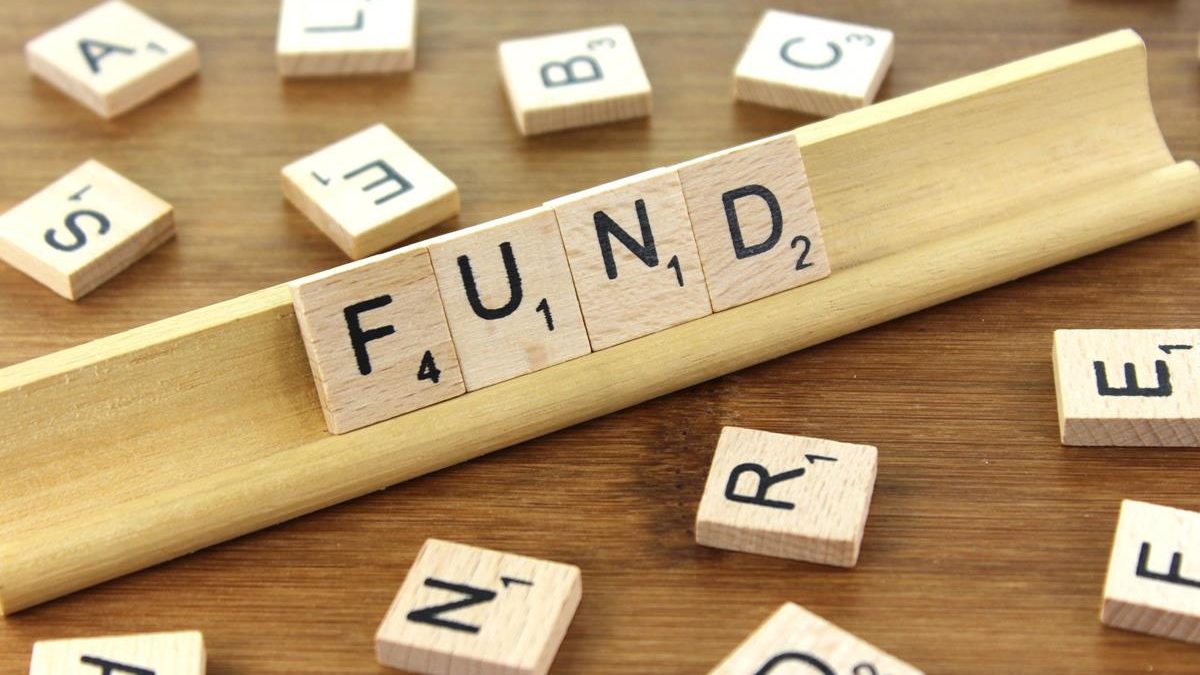
To operate this website, we collect and process user data. In order to use this website, you must agree to our Privacy Policy, including our Cookie Policy. are called voluntary muscles. Those that are not under voluntary control (volition) are called involuntary muscles.
Differences Between Involuntary & Voluntary Employee Turnover
A relaxed muscle is an involuntary muscle. Learn more here: Smooth muscle vs. loose connective tissue. Join our forum now!
Controls involuntary muscle movements. These muscles are usually attached to viscera or internal organs that exhibit regular, slow contractions and involuntary movements. For example, the heart is an involuntary muscle.
For most involuntary muscles, neuronal stimulation by the autonomic nervous system, hormones, and local factors can cause involuntary activity of these muscles. However, in some muscles, such as the walls of visceral organs, involuntary muscle contractions may occur.
Figure 1: Involuntary muscles: smooth muscles and cardiac muscles. Credit: OpenStax Biology-3 types of muscle tissue (diagram), CC BY-SA 4.0.
Voluntary Carbon Markets: How They Work, How They're Priced And Who's Involved
Biological Definition: An involuntary muscle is a muscle that contracts without conscious control. For example, there are smooth muscles and the heart. Smooth muscle is the muscle that is weak when viewed under a microscope. This is why it is sometimes called an involuntary muscle
. Smooth muscle is found in the lining of internal organs (eg the testicles, stomach, intestines, etc.) and blood vessels. The heart muscle, which is the heart muscle, has contractions when viewed under a microscope but its contractions are not under voluntary control. The part of the peripheral nervous system that deals with the involuntary activity of smooth muscles and the heart is the autonomic nervous system, which provides stimulation to these involuntary muscles.
Voluntary muscles are those whose movement can be controlled by volition or conscious control, while involuntary muscles are those whose movement cannot be controlled without volition or conscious control or which act without will, i.e. automatically. Involuntary muscles include smooth muscles and cardiac muscles. This will clear the familiar doubt whether smooth muscles are voluntary or involuntary muscles?

"Cardiac muscle is found only in the heart and requires incredible strength and endurance because the heart never stops beating." Hear more from our expert: Smooth muscle vs. tough connective tissue. Join now!
Voluntary Police Interviews
Voluntary muscle (smooth muscle and cardiac muscle) differs from involuntary muscle (skeletal muscle) in several ways; However, the ability to contract voluntarily is important. Therefore, it is important to understand the differences between these two muscles listed in Table 1.
Definition of voluntary muscle: Voluntary muscles are those that move or contract under conscious control of the person.
Definition of Involuntary Muscles: Involuntary muscles are those that do not move or do not move under the conscious control of a person, that is, these muscles work spontaneously.
In general, they are related to the viscera or internal organs that move repeatedly and slowly, such as the digestive system and the respiratory system.
Voluntary Fasting By Quraan And Sunnah
These muscles support organs like bladder, blood vessels, stomach, intestines etc. For cardiac muscles, they are located in the heart.
Voluntary muscles show striations. Striations are visible bands of myocytes (muscle cells) of voluntary muscles that are formed by the organization of myofibrils.
Many involuntary muscles do not have contractions and look like smooth muscles. There is tension in the heart muscle.
Structurally, voluntary muscles are unbranched, long cylindrical and attached to a peripheral nucleus. These muscles can be multicellular and rich in mitochondria.
Voluntary Administration Can Provide Clarity During Uncertain Times
These muscles are important for the functioning of internal organs and basic life functions, such as beating the heart, removing waste products from the body.
Cardiac muscles and smooth muscles that support internal organs such as the intestinal tract, blood vessels, urinary tract, respiratory tract, etc.
Below is a list of involuntary muscles. Cardiac muscle and smooth muscle are a type of non-cardiac muscle found in the body of higher animals, including humans.
Cardiac muscle is an involuntary muscle that is toned. These muscles are found in the walls of the heart and contract and relax at regular intervals. known as individual cardiac muscle cells
Vpf: What Is Voluntary Provident Fund?
Cardiac muscle cells are organized in a parallel pattern and are connected by fused discs. These interlocking discs (or shiny lines) are organized in a Z-shaped or staggered fashion. Interestingly, cardiac muscle has some elements similar to skeletal muscle, such as the myofibrillar structure of sarcomeres.
Figure 4: Cardiac muscle and the Z-shaped intervertebral disc. Image credit: Cardiac Muscle. Written by Phil Schatz. License: CC BY 4.0
Because it is myogenic, cardiac muscle differs from skeletal and smooth muscle, and the stimulus for contraction occurs within the cardiac muscle. Electrical stimulation generates action potentials for cardiac muscle contraction. The generation of an action potential causes the release of calcium ions into the sarcoplasmic reticulum. High levels of calcium ions cause tension and contraction of the heart muscles. Vagal and sympathetic nerves innervate and control the heart muscle.

Smooth muscle is the smooth muscle that covers the urinary tract, blood vessels, and intestinal tracts, such as viscera or internal cavity organs. The ciliary muscle in the eye is an example of smooth muscle. The ciliary muscles dilate and control the movement of the iris.
Voluntary Work Learning Objectives: Why Is Voluntary Work Important? Why Do People Do Voluntary Work? To Investigate A Case Study Of A Religious Voluntary.
Structurally, smooth muscles are fusiform in shape, meaning they are rounded in the center and taper at the ends. Smooth muscles are composed of thick and thin filaments that are not arranged into sarcomeres, resulting in an irregular pattern. Microscopically they look homogeneous and are therefore called smooth muscle. Smooth muscle contains cytoplasm
Large amounts of smooth muscle also contain calcium-rich sarcoplasmic reticulum. This calcium-rich sarcoplasmic reticulum is responsible for long-term contraction.
A smooth muscle can be a single or multi-unit muscle. Single-unit muscles contract and relax as a single unit (ie as a whole), while multi-unit muscles contract and relax separately. Essentially, multiunit smooth muscles are not electrically coupled and therefore exhibit independent contractile/relaxation activity. Gastrointestinal contractions are an example of slow and continuous involuntary contractions in single-striated smooth muscle. On the other hand, the smooth muscles lining the airways of the lungs, the ciliary muscles of the eyes, and the erector pili muscles of the skin are examples of multi-unit smooth muscles.
A vesicle surrounds a nerve fiber (or button).




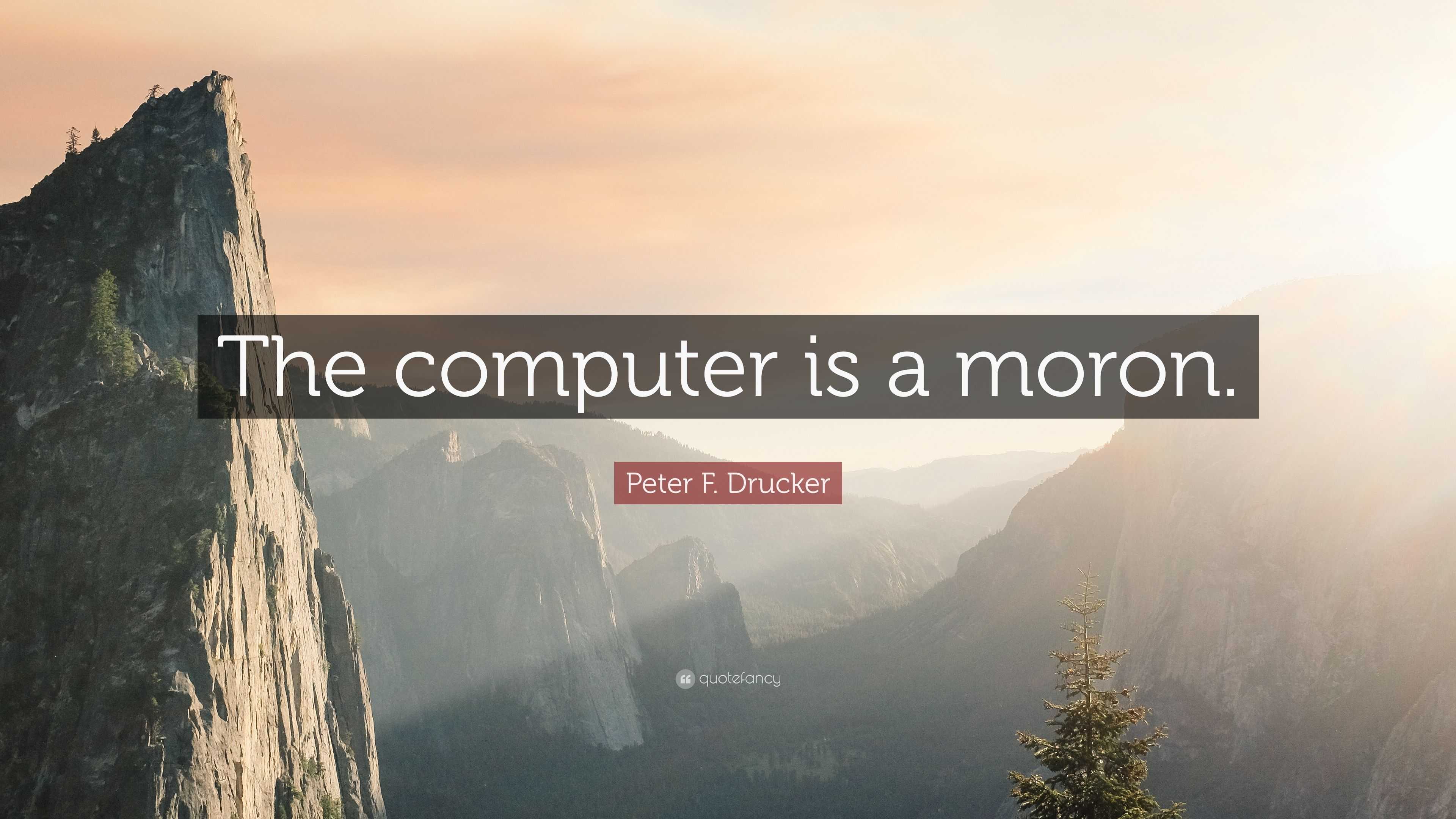


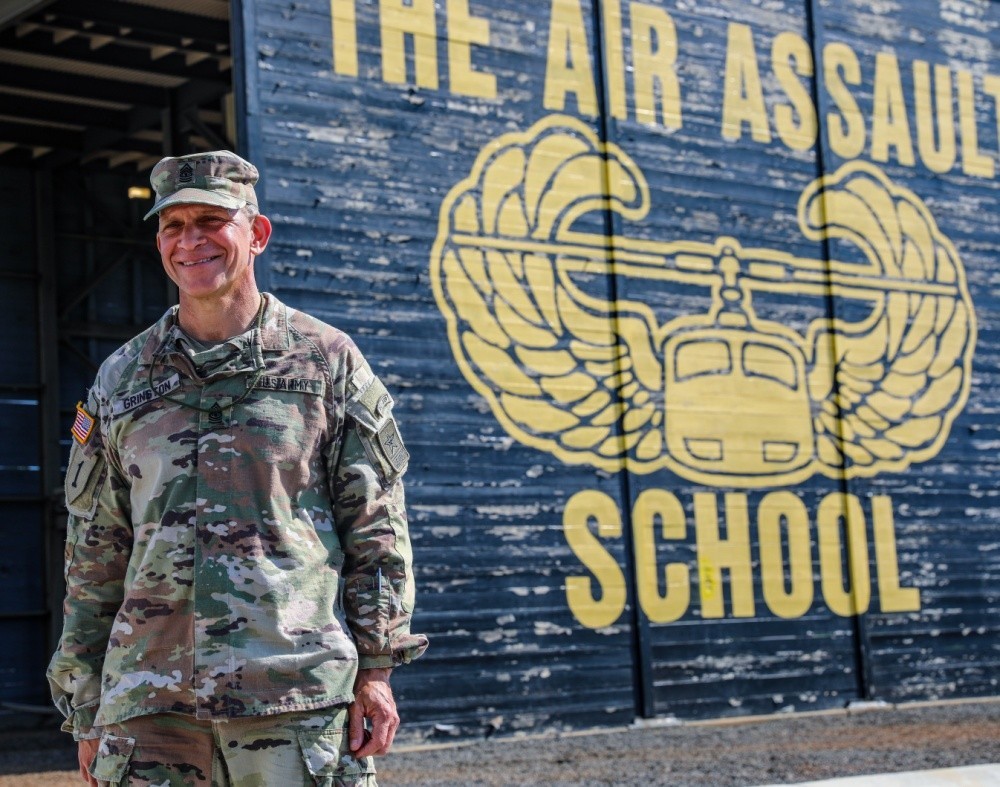

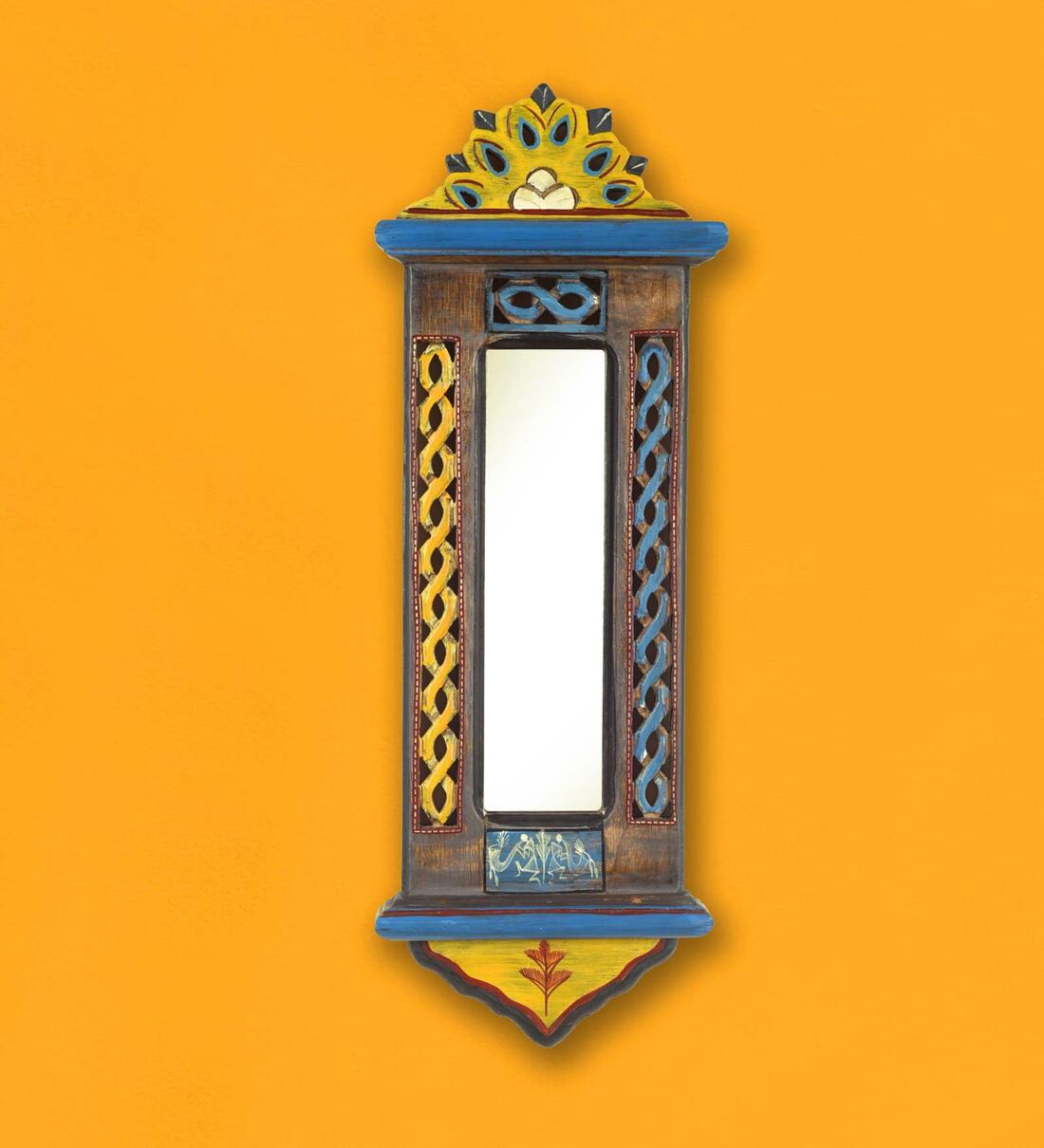


/https://www.thestar.com/content/dam/thestar/news/world/2015/07/12/whataburger-wants-patrons-to-keep-their-guns-concealed/whataburger.jpg)


